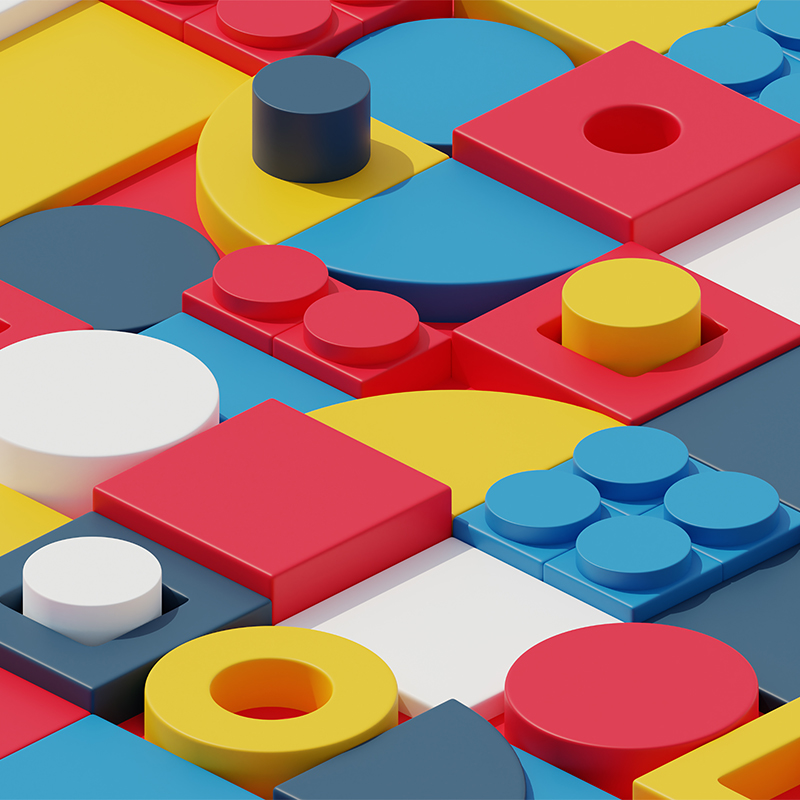Design systems typically include a variety of elements, such as typography, colour palettes, icons, buttons, and other UI components, as well as guidelines for their usage and implementation. They can also include design principles, user research insights, and accessibility guidelines.
One of the key benefits of design systems is that they enable teams to work more efficiently and collaboratively. By providing a common language and set of tools, teams can create and iterate on designs more quickly, reducing the time and resources required to bring new products to market.
Design systems can also help improve the quality and consistency of designs, which can lead to better user experiences and stronger brand recognition. By establishing a consistent look and feel across all products and platforms, organizations can create a more cohesive and memorable brand identity.
However, creating and maintaining a design system can be a complex and time-consuming process. It requires a deep understanding of the brand’s values, goals, and target audience, as well as expertise in design, development, and user experience.
To create a successful design system, organizations need to invest in the right resources and tools, including design software, collaboration platforms, and user testing tools. They also need to prioritize ongoing maintenance and updates to ensure that the system remains relevant and effective over time.
There are many different approaches to designing and implementing a design system, depending on the organization’s goals and resources. Some organizations opt for a centralized approach, with a dedicated team responsible for creating and maintaining the system. Others take a more decentralized approach, with multiple teams contributing to the system over time.
Regardless of the approach, the key to success is to ensure that the design system is flexible and adaptable, able to evolve and grow as the organization’s needs and goals change over time.

